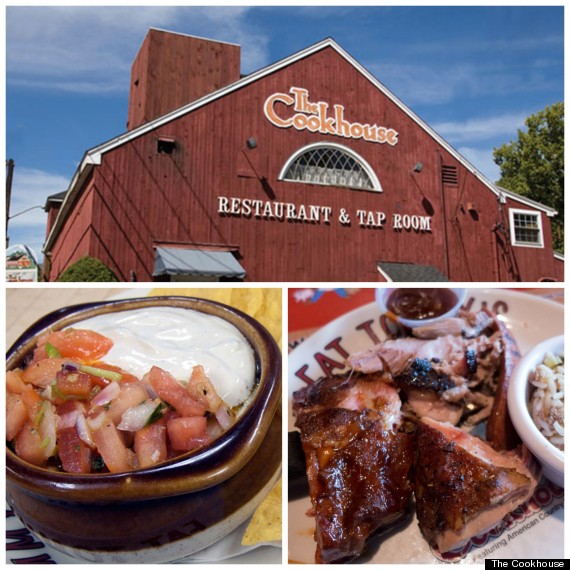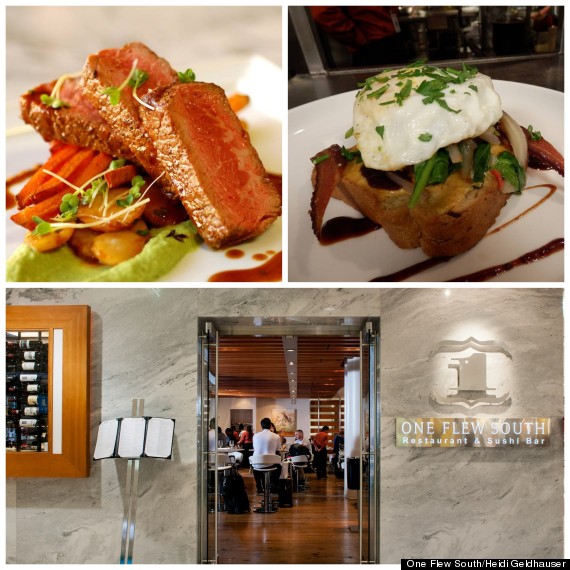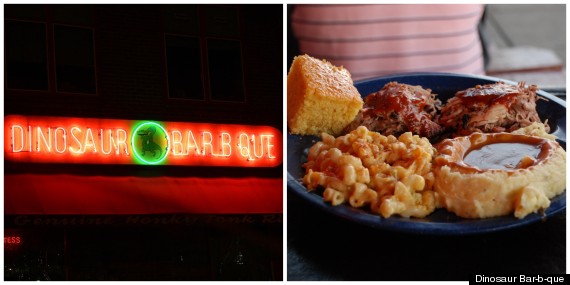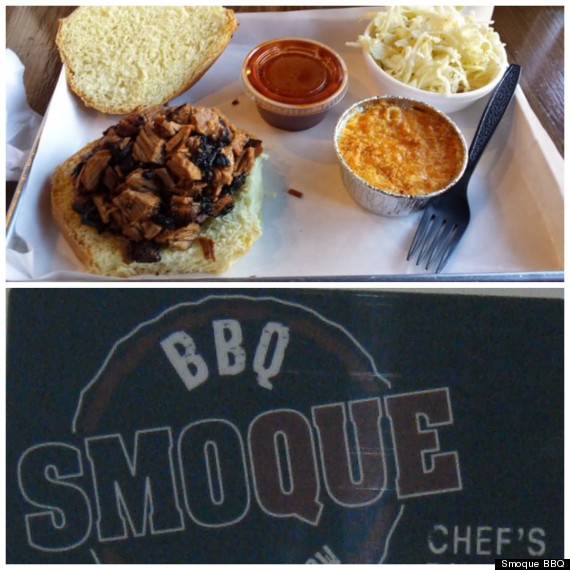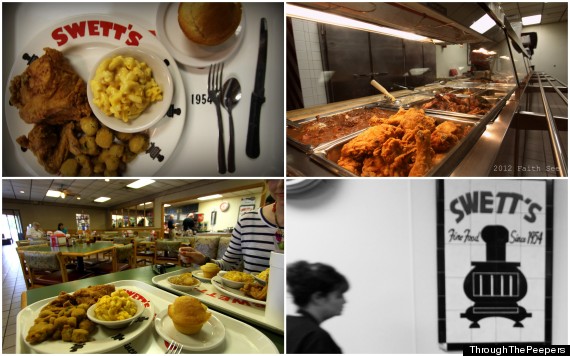
When Eric Garner was held in a chokehold on Staten Island on July 17, 2014, by New York City police officer Daniel Panteleo, he yelled 11 times, “I can’t breathe.” The medical examiner’s office ruled Garner’s death a homicide caused by “compression of the neck (chokehold), compression of the chest and being forced to lie in a prone position during physical restraint by police.” A Staten Island grand jury decided not to indict officer Panteleo or any of the other officers present that day and did not hold them responsible for the chokehold death of Eric Garner. Those who caused his death are free to live without facing any charges. Eric Garner’s last words ring loudly in our memory: “I…
When Eric Garner was held in a chokehold on Staten Island on July 17, 2014, by New York City police officer Daniel Panteleo, he yelled 11 times, “I can’t breathe.” The medical examiner’s office ruled Garner’s death a homicide caused by “compression of the neck (chokehold), compression of the chest and being forced to lie in a prone position during physical restraint by police.”
A Staten Island grand jury decided not to indict officer Panteleo or any of the other officers present that day and did not hold them responsible for the chokehold death of Eric Garner. Those who caused his death are free to live without facing any charges. Eric Garner’s last words ring loudly in our memory: “I can’t breathe.”
“I can’t breathe” has become a slogan for the people, led by young African Americans, who have taken to social media and the streets to protest the killing of unarmed African Americans, challenging a system that fails to indict and calling for greater equality.
African Americans have a degree of freedom but not equality. There is still a long road ahead to achieve equality for all those who are not white. As long as some Americans inherit advantages from institutions — banks, schools, housing and health care — others will inherit disadvantages.
The dying words of Eric Garner symbolize our situation. “I can’t breathe” speaks from the grave and describes the circumstances faced by many who are being choked by a system that treats different races and classes of people unequally.
When the banks of black and brown homeowners drove them into foreclosure, we couldn’t breathe.
When inner-city hospital trauma units are closed to those without insurance and the poor are denied access to Medicaid, we can’t breathe.
When inner-city residents are denied access to public transportation to get to where the jobs are, we can’t breathe.
When inner-city schools have a lower tax base to support public education but students have to take the same exams as suburban kids with a stronger tax base, we can’t breathe.
When they changed the formula on PLUS loans loans, poor and black parents couldn’t breathe.
When student-loan debt is greater than credit-card debt, students can’t breathe.
When corporations we support will not advertise with black media, black-owned media can’t breathe.
When Silicon Valley locks us out of boards and corporate suites and locks us out of employment, contracts and entrepreneurial investments, even though we disproportionately use their products, we can’t breathe.
When banks cut off lending and investment to African Americans, they cut off our breath; but the government gave failing banks oxygen tanks with no obligation to help those who paid for the oxygen.
As inequality persists, many are left in the dark, desperate for life and breath. Sometimes in the darkness we turn on each other rather than to each other. To restore our breath we need an investment in equal justice. The “gatekeepers” — the police — can’t sidetrack us when what is needed is a development plan to offset inequality.
The police are the “gatekeepers” in our judicial system, where, too often, police profile, judges have their hands bound by unfair mandatory-sentencing laws, and jails exist for profit. Police initiate the process of racial profiling and then go to court to prove guilt. Suddenly the cost of proving innocence, often without costly legal representation, causes one to spend years in pretrial detention. The time spent in jail and crimes committed do not correspond for the poor. Private prisons use prison labor to make money and politically disenfranchise their captives. Some 5.8 million ex-felons can’t vote. The journey from profiling to extensive prison time to political disenfranchisement is a tortuous journey.
As we recognize the institutional inequalities in our system, we must transform the conversation and the agenda from “freedom” to “equal opportunity” to “equality.” As people march around the nation crying out against these disparities, we must put focus on the 85 richest people in the world who have as much wealth as the 3.5 billion poorest. From consciousness raising because of consistent acts of injustice, we must go from demonstration to enforcement of just laws (e.g., EEOC) to needed new legislation. We also need a budget and an investment to even the playing field. If, on a football field, blacks had to run 12 yards for a first down because of racial or class profiling, and whites had to run only eight yards for a first down because of inherited white advantage, everyone would see the white advantage and the black disadvantage and no one would consider that “equal.” Yet, economically, that is precisely where African Americans and other minorities find themselves: inheritors of historic disadvantage.
Injustice leads to chaos, which strokes abnormal behavior. We do not merely need a conversation about racial unevenness. A conversation can reveal but will not fix the racial disparities. We need a plan, goals, targets, timetables, adequate taxes and an investment budget. The Kerner Commission Report had an action plan and a call for adequate taxes in order to make an unprecedented investment in our people so that we can overcome the disparities and achieve economic justice. For Roosevelt it was a New Deal, for Kennedy it was Profiles in Courage and support for civil rights, and for Johnson it was a Great Society, a War on Poverty and economic opportunity.
President Obama must put forth a plan that will challenge Congress and the country on the advantages of justice and the high cost and disadvantage of injustice. If we are to be true to the American promise of equal protection and equal opportunity in the Preamble of our Constitution, this must be done. Fifty years ago we were fighting for freedom. Now we have achieved a degree of social freedom but not economic equality.
All people have the right to breathe. All have the right to education and medical care. We cannot allow an unequal system to suck our breath away. Breath is life.
The inscription on the Statue of Liberty affirms the importance of breathing in creating a United States where diversity is honored, all receive justice and equality reigns. “Give me your tired, your poor, your huddled masses, yearning to breathe free. The wretched refuse of your teeming shore. Send these, the homeless, tempest tossed to me. I lift my lamp beside the golden door.” Breathing is deeply rooted in what Americans claim and who we aspire to be.
The vision of the United States is that all people have a right to breathe free whether they are born poor or rich; black, white or brown; male or female. Yet too many of our citizens struggle to breathe free when their breath is taken away with the disparities. The police are among the gatekeepers who control the flow of oxygen.
We are approaching Dec. 21, the darkest night, the winter solstice. We must recognize the source of the darkness in our lives, which is imposed by those who design and impose systems and structures of inequality.
In light and in darkness, many of our sisters and brothers stand in solidarity with signs that read “I can’t breathe” at worldwide rallies and demonstrations and in other public venues. Christians in our country and around the world also look to the celebration of Christmas — a day of light and life, possibility and hope. In these dark times Christmas reminds us that it is the Spirit of God who gives us breath and gives us life. We need to share the light and life with others so that we can all continue to work for freedom, justice and equality.
This article is from:
‘I Can’t Breathe’: Eric Garner’s Last Words Symbolize Our Predicament























